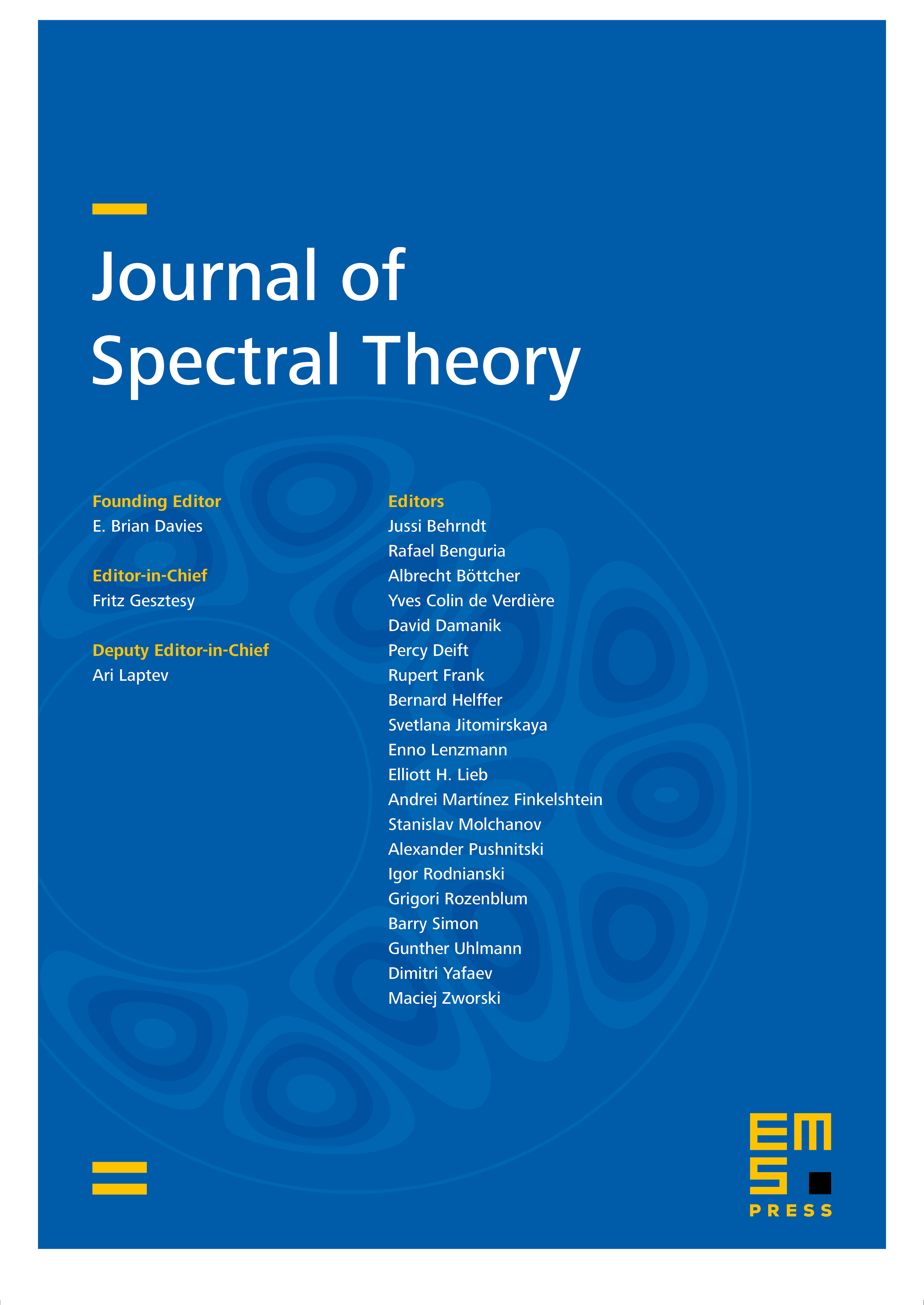Integral representations of isotropic semiclassical functions and applications
Victor W. Guillemin
Massachusetts Institute of Technology, Cambridge, USAAlejandro Uribe
University of Michigan, Ann Arbor, USAZuoqin Wang
University of Science and Technology of China, Hefei, China

Abstract
In a previous paper, we introduced a class of “semiclassical functions of isotropic type,” starting with a model case and applying Fourier integral operators associated with canonical transformations. These functions are a substantial generalization of the “oscillatory functions of Lagrangian type” that have played major role in semiclassical and microlocal analysis. In this paper we exhibit more clearly the nature of these isotropic functions by obtaining oscillatory integral expressions for them. Then, we use these to prove that the classes of isotropic functions are equivariant with respect to the action of general FIOs (under the usual cleanintersection hypothesis). The simplest examples of isotropic states are the “coherent states,” a class of oscillatory functions that has played a pivotal role in mathematics and theoretical physics beginning with their introduction by of Schrödinger in the 1920’s. We prove that every oscillatory function of isotropic type can be expressed as a superposition of coherent states, and examine some implications of that fact.We also show that certain functions of elliptic operators have isotropic functions for Schwartz kernels. This lead us to a result on an eigenvalue counting function that appears to be new (Corollary 4.5).
Cite this article
Victor W. Guillemin, Alejandro Uribe, Zuoqin Wang, Integral representations of isotropic semiclassical functions and applications. J. Spectr. Theory 12 (2022), no. 1, pp. 227–258
DOI 10.4171/JST/400